The North African country of Morocco is best known for its wonderful cities — Marrakech, Fez, Casablanca, Rabat and more — its welcoming locals and spectacular terrain, which encompasses everything from sandy deserts to high mountains. However, its cuisine has also made a major impact on world culture with some native dishes including couscous and the ubiquitous pita bread now eaten in all corners of the globe. Food is a big deal in Morocco and the country has a long and proud tradition of creating unique dishes that are the equal of those anywhere else in the world.
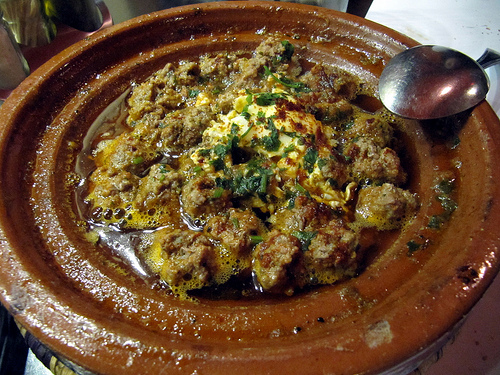
The main meal of the day is eaten at midday in Morocco, except during the Islamic holy month of Ramadan when it takes place in the evening. Certain religious and cultural customs that are common elsewhere in the Islamic world also apply in Morocco, most notably that neither pork nor alcohol should be consumed. Most meals begin with a selection of hot and cold salads followed by a tagine, a slow-cooked stew. Wealthier families will often then enjoy a lamb or chicken dish served with couscous and vegetables. Bread is eaten in large quantities and is used as a utensil to scoop up food and absorb rich sauces. Mint tea is another staple of the Moroccan diet and is usually drunk after a meal to cleanse the palette.
The tagine is, to many people, the quintessential Moroccan dish although there are also variants native to other North African countries including Tunisia. A tagine is a stew made from meat, vegetables and spices and slow-cooked in a special pot over a period of several hours. Cheaper cuts of meat are often used as the long cooking time allows them to tenderise, making the tagine popular at all levels of society. Lamb and chicken are the most common meats used in a tagine with spices such as cinnamon, saffron, turmeric, paprika, ginger and many more and other ingredients ranging from fresh citrus fruits to vegetables.
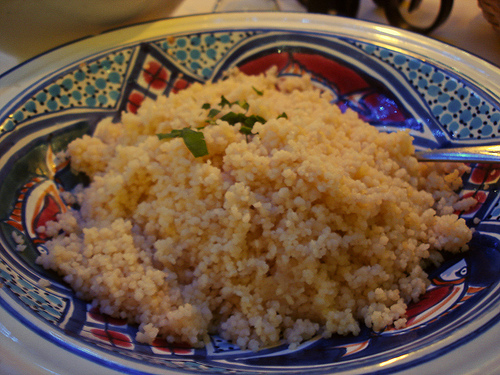
Couscous is another very popular Moroccan dish and one that has made significant inroads into Western cuisine when it has become a popular accompaniment to meals. As in the West, couscous is typically served with other dishes such as salads and meat, usually with pita bread on the side. It is often combined with vegetables, raisins, chickpeas and spices in a traditional Berber staple to create a hearty dish that is rich in protein. It can even be served as a desert; the couscous is steamed several times and then mixed with almonds, cinnamon and sugar.
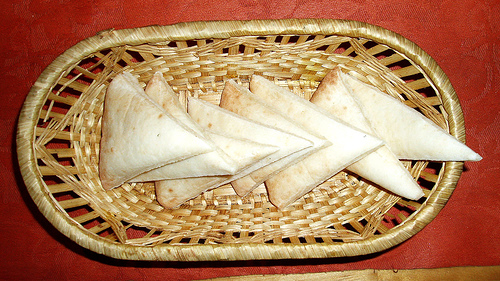
The city of Fez is often considered Morocco’s culinary capital but in recent years Marrakech has emerged as a real challenger, boosted by the fact that it is now host to a wide variety of restaurants representing the best of world cuisine. With flights to Marrakech now widely available from the UK, there has never been a better time to take a break to Morocco and find out for yourself.
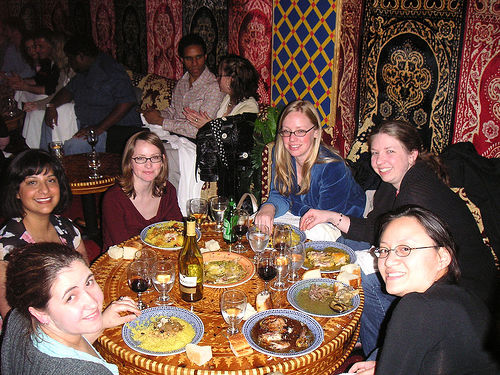
Jennifer is a part of the digital blogging team at digitalcrosstalk.com who work with a growing number of travel brands. For more information about me, or to keep up to date with the latest in travel news, check out my posts at digitalcrosstalk.com or visit my Twitter account, @dcrosstalk

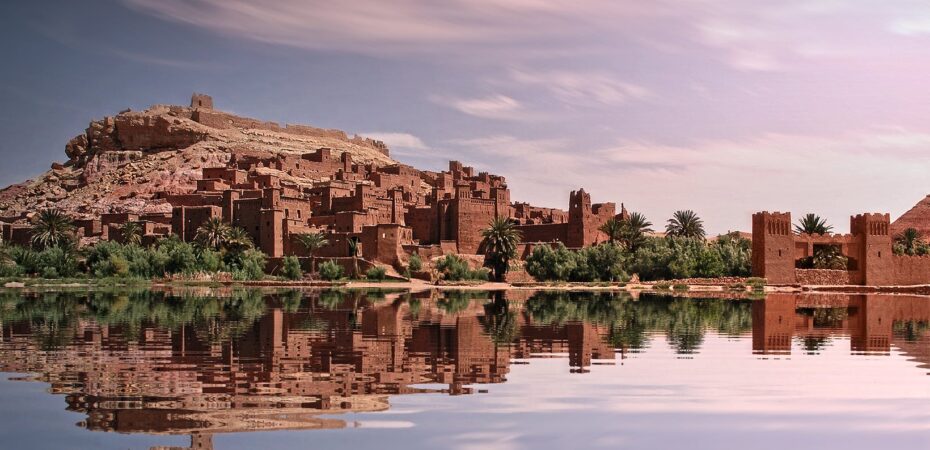
 By
By 








